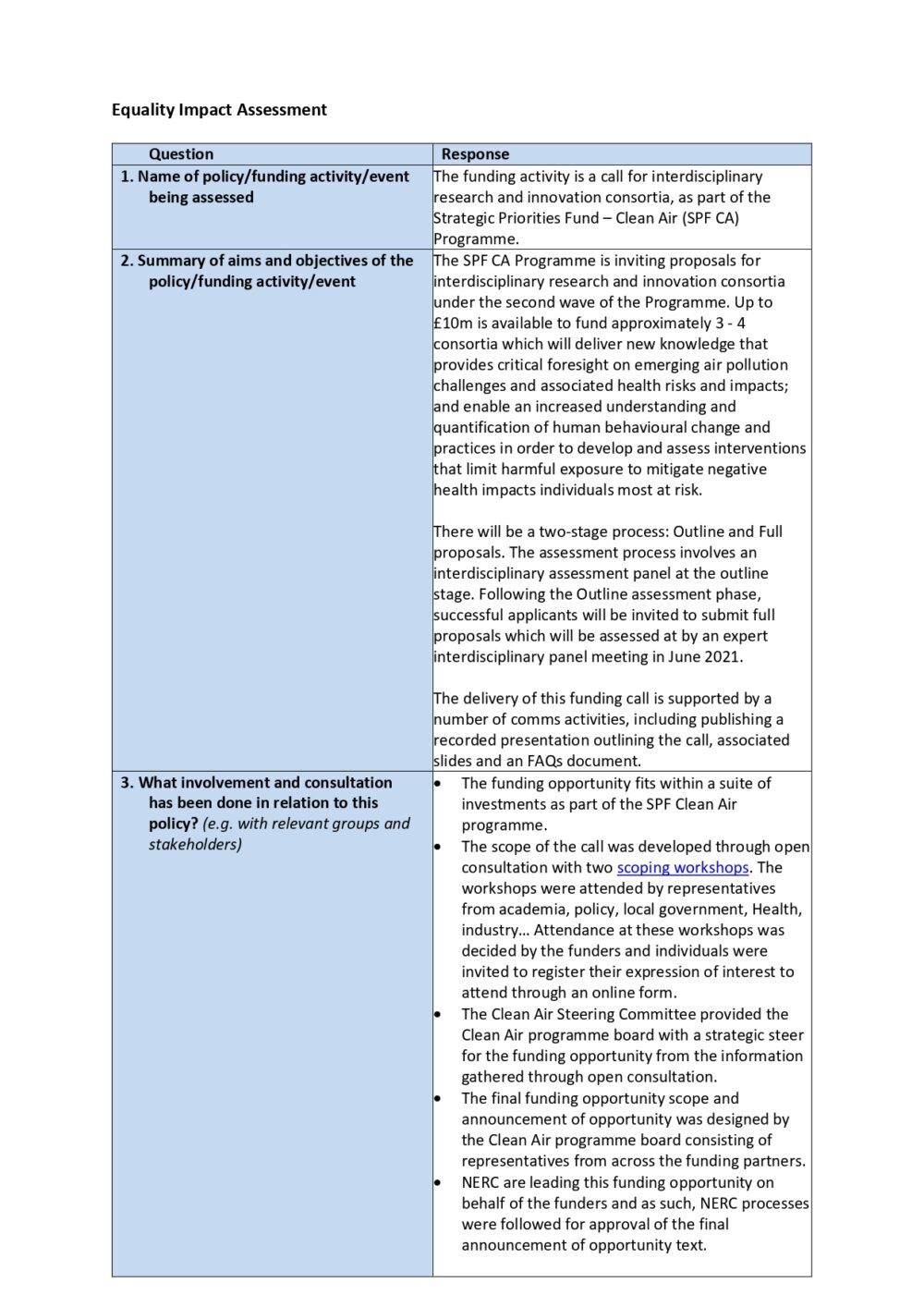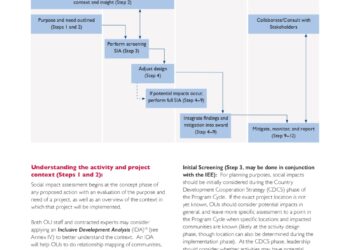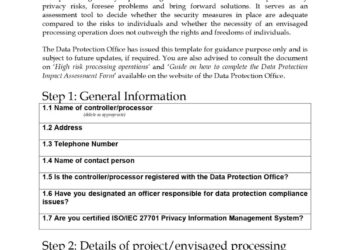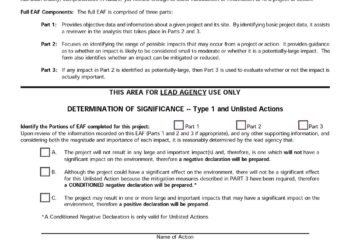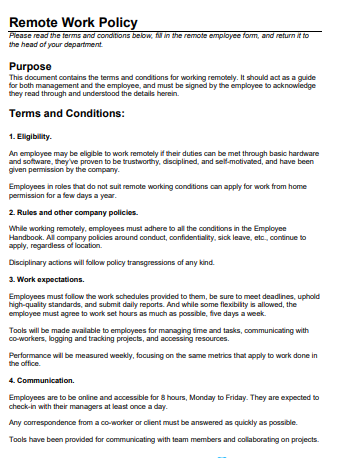Equality Impact Assessment (EqIA) Templates are forms used by organizations to measure the impact their decisions, policies, and services have on people and communities. They help organizations assess the potential positive and negative effects of their choices, allowing them to create a successful policy that is informed by the diverse needs of those potentially affected.
EqIA Templates also provide these organizations with a platform to increase access to resources and opportunities that can reduce inequality gaps often created by existing systems and structures. By assessing the potential consequences through an EqIA, organizations have a tool that helps them ensure all communities are valued, supported, and protected.
Equality Impact Assessment (EqIA) Template
Equality Impact Assessment 01 |
Equality Impact Assessment 02 |
What is an Equality Impact Assessment (EqIA)?
Equality Impact Assessments, also known as EqIAs, are used to determine the extent to which a policy or service affects people of different backgrounds. It’s a systematic way of assessing the impact of a particular project or initiative on different groups within society. This can help organizations ensure that their policies and services have equal access for all. Let’s explore what makes up an EqIA, how it works, and why it’s important.
What are the Benefits of Complying with an EqIA?
The main benefit of complying with an EqIA is that it can help businesses create a more equitable environment for all employees. By assessing potential risks associated with their policies or activities, organizations can ensure that no one group is disadvantaged or discriminated against in any way. This also helps foster trust between employers and employees as well as gives customers peace of mind when dealing with a company that takes social responsibility seriously. Additionally, complying with an EqIA can help businesses protect themselves from legal action due to unfair treatment or discrimination in the workplace.
How Do You Conduct an EqIA?
Conducting an EqIA can seem like a daunting task. However, there are straightforward steps you can take to ensure the process goes smoothly and effectively. First and foremost, you need to assess the potential impacts of the proposed change on different groups of people. This involves gathering information about how each group might be affected by the change as well as considering possible unintended consequences for certain individuals or groups.
Then you need to compare those potential impacts against established standards such as equality legislation and legal codes of practice in order to determine if any unjustified differences exist between groups of people. Finally, you need to develop strategies for addressing any issues identified during the assessment process and monitoring ongoing progress in achieving equitable outcomes for all affected parties.
Steps Involved in Conducting an EqIA
- Identify potential areas of inequality. The first step is to identify any potential areas where there may be unequal outcomes or access due to characteristics such as age, gender, race, or disability. This can be done through research and/or consultation with stakeholders.
- Analyze data and evidence. Once you have identified potential areas of inequality, it’s time to analyze data and evidence related to those areas to determine whether inequalities exist, this could include looking at statistics, surveys, and reports related to existing services or policies.
- Assess impacts on different groups of people. Once you have identified any potential inequalities in data or evidence, it’s time to assess how these might impact different groups of people, this includes assessing both positive and negative impacts on various groups as well as assessing whether existing policies are meeting the needs of all affected individuals equally.
- Make recommendations for improvement. After assessing potential impacts on different groups of people, it’s time to make recommendations for improvement this could include making changes to existing policies or services as well as introducing new initiatives that aim to reduce any identified inequalities or improve access for certain groups of people (e.g., introducing flexible working practices).
- Monitor progress over time. The final step is monitoring progress over time – this should involve tracking progress against targets set out in the initial EqIA report as well as revisiting steps 1-4 periodically (e.g., every 2-3 years) to ensure that any actions taken are actually having a positive impact on reducing inequality across all relevant policies and services over time.
Identifying The Relevant Protected Classes
Equality impact assessments are an important tool to combat inequalities. The assessment looks into policies, services, and activities to determine their potential impact on the various protected classes in our society. To do this properly, it is necessary to identify the relevant protected classes when conducting an EqIA. By looking at intersectional characteristics, the various identities within each class can be further broken down and accounted for. An effective EqIA must ensure that an examination has been made of attitudes, behaviors, and environments which have all had a part in creating real, lasting change toward total equality. Only then will we truly map out a path toward an equitable future.
Benefits of Using an EqIA Template
Using an EqIA Template provides organizations with several key benefits, such as:
• Time Savings – An EqIA Template can provide users with a clear understanding of the processes required to carry out their assessment and give them the confidence they need to complete their work quickly and efficiently.
• Cost Savings – By having a clear structure in place, users can save time and money by reducing the amount of time they would otherwise spend on manually researching or creating documents from scratch.
• Consistency – An effective template will ensure that all users follow the same set of processes when conducting their assessments, which helps ensure consistent results across all departments or teams within the organization as well as across different organizations.
• Objectivity – Templates help ensure that assessments are conducted objectively by providing consistency in terms of data collection, analysis, interpretation, and reporting methods. This helps eliminate potential bias from influencing results or conclusions drawn from the assessment process.
• Effective Communication – A good template will provide users with clear instructions on how to communicate findings effectively both internally within the organization as well as externally with stakeholders outside the organization who may be affected by any changes based on assessment results.
Types of Equality Impact Assessment (EqIA) Templates
An Equitable Impact Assessment (EqIA) is a powerful tool that can be used to ensure that the decisions made by organizations and businesses are equitable. This assessment involves looking at proposed initiatives or programs and determining how they will affect different groups of people. An EqIA can help organizations identify potential risks and benefits of their plans, as well as provide insight into which communities may be most impacted by them. In this blog post, we’ll take a look at the different types of EqIA templates available and how you can use them to create an effective EqIA.
How Can You Use EqIA Templates Effectively?
When using an EqIA template, it is important to be mindful of the process in order to get the most out of it. First off, make sure you have clear objectives for your assessment; this will help guide your analysis. Secondly, consult with stakeholders from various backgrounds who may be affected by the initiative; this will ensure that all perspectives are taken into consideration when assessing potential outcomes. Thirdly, provide sufficient time for research; gathering data on every aspect of the initiative is essential for producing accurate results. And finally, remember to think outside the box; sometimes there may be unexpected areas where an initiative could have unintended consequences that need to be accounted for in the assessment process.
Compliance and Enforcement
Compliance and enforcement of Equality Impact Assessments (EqIA) ensure organizations are meeting their obligations to ensure their policies, services, and practices do not disproportionately discriminate against any group. This is done by validating the equality impact of proposed changes and understanding potential barriers that may hinder progress. Organizations can use EqIAs to foster relationships between management, employees, and members of the public by providing evidence that appropriate steps were taken to ensure equality in decision-making processes. EqIA provides a necessary tool for governance organizations to better understand how certain changes may affect marginalized communities so they can make more equitable decisions that benefit everyone.
Conclusion
Using an Equity Impact Assessment (EqIA) template is an effective way for organizations to evaluate how their initiatives could potentially affect different groups within their organization or community. By being mindful throughout the process from having clear objectives to taking all perspectives into account organizations can ensure that they are getting the most out of their assessment templates and creating equitable policies, programs, and services as a result.



